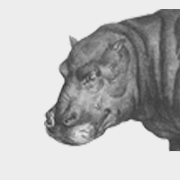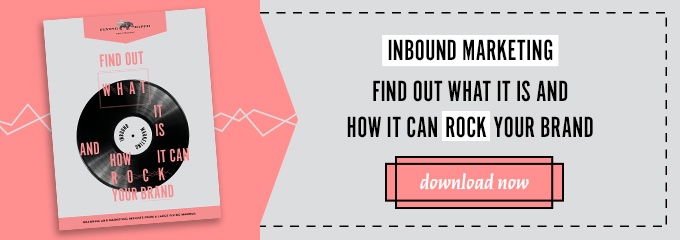Uncovering Hidden Opportunities with a Buyer Journey
The foundation of a great marketing strategy is understanding — insight into the mind of people.
While many companies are eager to publish content, they often overlook the all-important strategy and planning stages that align their content efforts with the bigger picture. Part of that big picture is overarching business and marketing strategy — and what role content plays within that strategy — and the other part is the customer experience.
The buyer journey is just as important — probably more so — than the goals your business is trying to achieve. This is because ultimately, no matter what your business objectives may be, the content assets that you’re investing time and money to produce must resonate with the people you’re trying to reach.
Without an audience, your content is just wasted time and energy.
One of the best ways to uncover real opportunities to connect with your audience through content is to create a buyer journey map. This is a thought exercise that helps visualize and identify pain points, emotions, user experience problems, brand gaps, and more across touch points and throughout the duration of a customer journey from research to follow-up.
Conducting research through surveys or focus groups can help inform the process, but it can also be done internally as a way to begin focusing on user behavior.
Here’s how you can conduct a successful buyer journey mapping exercise and get the most value from it.
Find your people
Before you begin understanding the journey that customers take, you must understand your customers. Who they are and how they feel will play a considerable role in their unique process.
We recommend developing 2-4 personas. These personas may have similar journeys, but don’t assume that everyone follows the same path.
From this point forward, each of the other steps will be repeated for each persona and applied directly to these specific users. Not only will they have unique processes, but they are likely to have unique thoughts, concerns, and motivations — which all play a crucial role in how your brand meets their needs in the best way possible.
Discovering the journey
What steps are customers taking before they purchase — or don’t purchase — from your company?
In this phase, evaluate each persona that you’ve identified and map each step of their process. This may include a research stage, planning, comparison, purchase, waiting for delivery, and any other step from initial discovery through to the final steps of a customer relationship.
Before you can proceed with mapping the customer experience, you have the understand the journey step by step. This may vary for each person — even within the same user persona — but, try to create a journey model that most accurately reflects the path taken by most of the people within each group.
Insight into the experience
For each step in the journey, consider:
- Touchpoints – For your brand (currently)
- Doing – What your persona is doing at this stage (comparing? meetings? networking?)
- Thinking – What this persona is thinking about at this stage (ROI? goals? ideas?)
- Feeling – How this persona is feeling at this stage (happy? sad? overwhelmed?)
During discovery, a marketing executive may be actively seeking ideas to improve their marketing. They may be thinking that they’re unfamiliar with your company. They may be feeling pressured — their initial search may have been driven by a recent meeting or low metrics and a push to improve.
Move to each square working down each of these sections for each step.
Start with a rough process and let it take shape. Start slowly with a group of stakeholders, have them all write ideas on sticky notes to add to the map.
Then, consider each idea in turn, present it to the group, and discuss the implications. Refine, refine, refine. This is the process where you’ll get talking about different aspects and really dig into the experience from a human perspective. No answer is wrong, but carefully vet each piece of input to make sure it makes sense in the broader process and expresses what the consumer is really experiencing.
Each consideration can help shape the structure of your overall content strategy; using the experience map as a way to plan and generate content that speaks to each step in the process.
Identifying opportunities
Through each stage of the process, there should be opportunities for your brand.
Based on what users are doing, thinking, and feeling, you can identify opportunities to meet their specific state.
Identify opportunities at each stage as you move through the process.
Use these insights as a springboard for creating content that helps move customers through the entire process. How can you address their immediate feelings or thoughts? What kind of content will get them to take the next step? At which points are they ready to connect with your company?
These critical questions — when answered correctly — are the genesis of great, user-focused content.
Of course, this isn’t the only great use for an experience map. Not only can the insights inspire great content, but they can also drive a better overall experience, other assets, touch points, and general opportunities for your brand to make the entire process better and more enjoyable.
Use buyer journey maps not only as an artifact, but as a process to think through the critical moments in a buyer’s journey. Finding insights about that experience can uncover some of the best opportunities for your brand to connect with customers.




